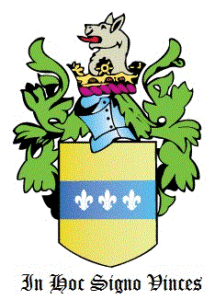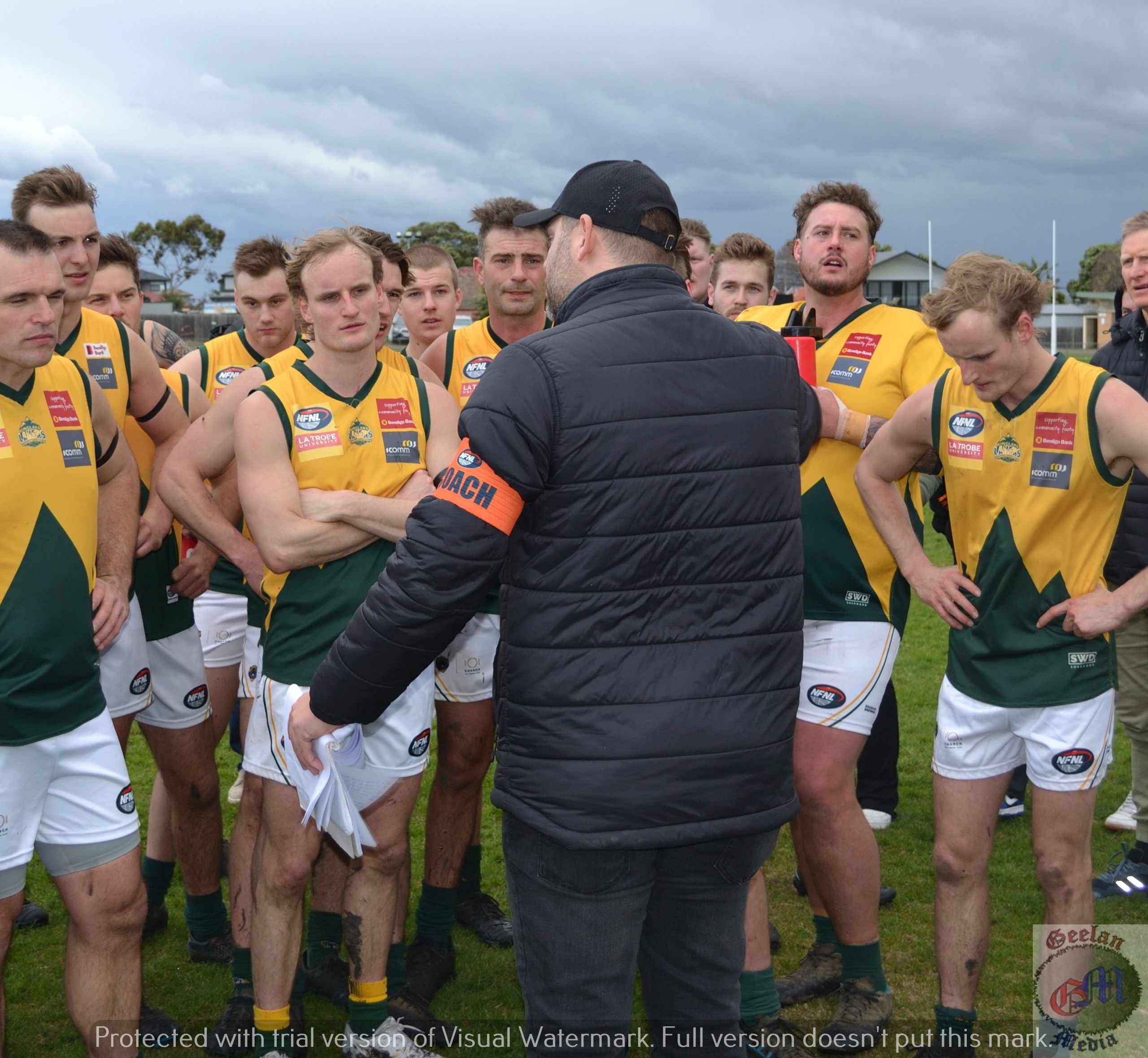With grateful thanks to this reporter’s maternal aunt, Heather Henry’s (nee Mitchell) painstaking research, it was discovered that George Mitchell, this reporter’s great-great maternal grandfather helped build The Age and David Syme and Company.
George Mitchell’s primary interest was ‘delivering news to the community’ and getting ship captains’ reports to The Age newsroom copy boys in the 1860s.
In a touch of irony, this information came to light as Fairfax Media -owners of The Age – announced its takeover by Nine Entertainment.
Mitchell helped deliver the first copies of The Age to Melbourne households after collecting news from ship captains or ‘runners’ after arriving in Port Phillip Bay.
George was one of The Age‘s longest-serving employees with 65 years of loyal service to David Syme & Co.
I’d always wondered why I, and my (late) mother, loved writing. Now I know why.
It is amazing to learn at 40 years of age with a lifetime passion for writing that one’s great-great grandfather took Melbourne’s first ever evening newspaper off the press in 1869.
Again, this article wouldn’t be possible without the research of (maternal aunt) Heather Henry.
This is his story as written by Keith Dixon in The Age (publication date circa 1980s).
Sixty-five years at ‘The Age’
The pioneer who helped train news pigeons.
By Keith Dixon
EVERY morning at 2 o’clock George Mitchell’s mother would accompany him from their home in Henry Street, Fitzroy, to the top of Bourke Street. At that stage they were clear of the thick scrub and any undesirables who might threaten the young migrant’s safety.
Alone, more or less assured, the 10-year-old George [Mitchell] would walk to his employment at The Age, a small building then at 21 Elizabeth Street on the west side, a couple of doors from Flinders Street.
The Mitchell family arrived with the infant George [Mitchell] on April 1, 1848 on board the Earl of Sutton, after a voyage of nine months and four days from Scotland.
Disembarking, the family would have found Melbourne a very different place from the one George would have known, when, 75 years later he retired after 65 years with The Age.
Most of Bourke and Collins Streets consisted of one-storey shops and dwellings. The only suburban railway was the Hobson’s Bay service from Princes Bridge to Prahran, St Kilda and Port Melbourne (then Sandridge). A country rail service ran from Melbourne to Geelong.
The site of the present Spencer Street [Southern Cross] railway complex was known then as Batman’s Hill, and Mitchell would recount later – in November 1863 – how he stood on the rise and saw huge areas of flood water stretching into the distance, with Emerald Hill (now South Melbourne) standing like an island in the midst of it.
Frequently, Flinders Street residents would have deliveries made by their butcher or baker in a rowing boat.
If you feel life is difficult for the young generation today, consider the case of young [George] Mitchell, starting work at the The Age at the tender age of 10.
His [Mitchell’s] first job – as a ‘runner’ – was to deliver papers to subscribers in the inner suburbs. One of his rounds took him to St Kilda post office and nearby areas, via South Yarra and through Fawkner Park, then dense scrub country, a distance of 19 miles by the time he returned to Elizabeth Street. On this round he [Mitchell] would deliver some 60 copies of The Age.
Another round to North Melbourne and surrounding districts involved a walk of 13 miles, during which he would deliver about 170 copies of The Age.
In those days, cable communications [or wireless] between Australia and other countries had not been established, nor were telephones in use. The only medium for transmission of overseas news to Australia was by sailing ship, or the occasional steamer.
When the ships reached Queenscliff, the shipping reporter would board, obtain his stories which then would have to be hurried to Williamstown and handed to young [George] Mitchell who would take these to The Age.
Frequently, George would have to wade waste-high across Elizabeth Street to reach his goal. He would recall seeing flood waters at the top of the bar in a hotel near The Age building.
In those early days The Age to publish news ahead of its rivals [The Argus, The Herald] reached a high level of communications sophistication with the purchase of a flock of Antwerp pigeons.
These [pigeons] were installed in a specially constructed loft on the roof of the [Age] building.
George and his brother were placed in charge of the pigeons which, after being trained as carriers, were sent by coach to correspondents in various districts. They were instrumental in the paper [The Age] publishing many important stories.
George used to tell the story of one pigeon (sent by mistake to an enthusiast in Tasmania in exchange for another) which, obtaining its freedom, returned to its old loft at The Age building – the first pigeon to cross Bass Strait.
For other news gathering within the State and distribution of The Age the coach service provided by Cobb & Co was used. In Mitchell’s early days, the circulation of The Age was 2000 copies. When he retired it had increased to 152,000.
During his period of service, The Leader took the place of The Weekly Age and Farmers’ Journal, which had started a few years earlier.
Mitchell later claimed he was the first person to handle an evening paper published in Melbourne. David Syme, proprietor of The Age bought the Morning Herald in 1868 and decided to turn it into an evening paper in 1869.
On the occasion of the first publication, Mitchell was given the privilege of taking the first copies off the press. That, of course was the beginning of Melbourne’s present-day evening newspaper The Herald. [Now Herald Sun].
On his retirement George Mitchell was presented with a “handsome memento” by his fellow employees, in recognition of many years “of good fellowship.”
The record says something for the robust nature of George Mitchell and his loyalty to The Age, in that over his 65 years with the company, he rarely missed work through illness, and (wait for it) was privileged to enjoy a total of 17 days holiday.
Shortly before his death in 1924, he was reported to be “hale and hearty”, a remarkably well-preserved and still enthusiastic product of that “dark age of industry.”
But that, really, is only the beginning of the Mitchell story. From January 1 1858, continuously to the present day there has been a Mitchell at [or writing for] The Age.
For a great deal of that time, there were several, most of them with long terms of service in the company.
The George Mitchell of our story, of course, heads the list with 65 years. His son, Bruce, who became head printer of The Age served for 50 years; two other sons, Charlie [maternal great grandfather] and Fred, for 49 and 46 years respectively.
Two grandsons, both George, (identified as ‘Ginger’ and ‘Darkie’) were with The Age for 44 and 29 years.
‘Ginger’ was night printer for 12 years.
At the present time [of original publication] a great grandson of the original George, Norman, is a reader.
Another family, the Windleys, would have pipped the Mitchell’s for the record had there not been a break of 12 years in the line of service. Alfred Winfrey, a compositor from London, came to Victoria to make his fortune on the goldfields.
A gold find eluded him and he returned to the printer’s “case”.
He [Windley] was an original employee of The Age and actually helped to select the type (hand-set, every line and letter of it) for the first issue of The Age on October 17, 1854. A great-great grandson, Clive, now works in the photo-engraving department of The Age.
In October 1980, The Age celebrated 125 years of publication. For 123 of those 125 years, the Mitchell family has been closely associated with the paper.
When speaking to descendants of George Mitchell, one cannot fail to be impressed by the intense sense of pride each of them feels in that long association.
Through them we can reach into the past, to mentally touch and identify one of the basic strengths – that of family loyalty – which has propelled The Age through the years from those early pioneer beginnings to the successful present.
-With Fairfax Media and published in The Age (date unknown), written by Keith Dixon, Original research by Heather Henry (nee Mitchell). The Age has been contacted – but not replied with – a date of publication for referencing. Read the original article [copy].

























